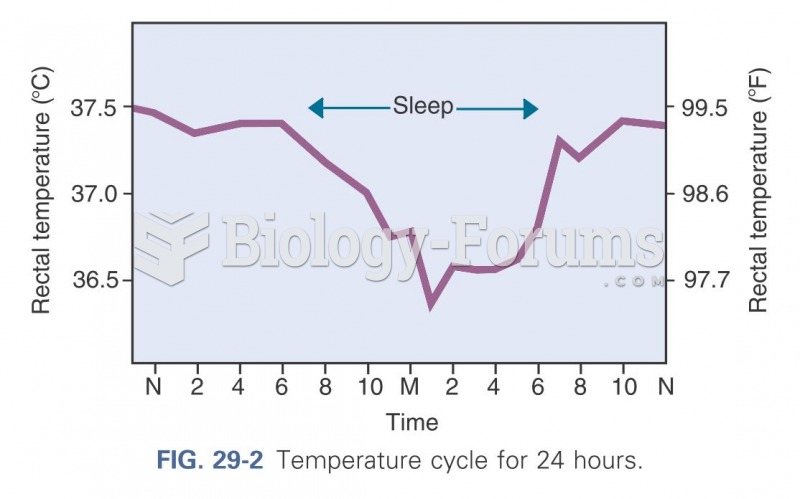Answer to Question 1
Glucocorticoids reduce symptoms of asthma by suppressing inflammation. Specific antiinflammatory
effects include decreased edema of the airway mucosa; decreased synthesis and
release of inflammatory mediators; and decreased infiltration and activity of inflammatory cells,
including eosinophils and leukocytes. By suppressing inflammation, glucocorticoids reduce
bronchial hyperreactivity. In addition to reducing inflammation, glucocorticoids decrease
airway mucus production and increase the number of bronchial beta2 receptors, as well as their
responsiveness to beta2 agonists.
Singulair is a leukotriene receptor antagonist (LTRA). Through binding to the D4 leukotriene receptor
subtype in respiratory tract tissues and other organs, LTRAs prevent smooth muscle contraction of
the bronchial airways, decrease mucus secretion, and reduce vascular permeability that reduces
edema. Other antileukotriene effects of these drugs include prevention of the mobilization and
migration of such cells as neutrophils and lymphocytes into the lungs. The result is a reduction in
asthma symptoms through a decrease in airway inflammation. LTRAs are not used for the reversal
of an attack and need to be taken even when the patient is asymptomatic because they require 24
hours to achieve maximal effects.
No, it is not a fast-acting medication and is not appropriate for the relief of acute shortness of
breath. An Advair inhaler contains two medications: A low-dose inhaled steroid (fluticasone) that
decreases the inflammation of the airways and a long-acting beta agonist (salmeterol) that acts as
a bronchodilator. This pairing is useful in reducing swelling, mucus production, and spasm in and of
the airways. For Advair to be most effective, it needs to be used regularly.
Educate B.T. and his wife on the medications, dosages, and uses, stressing which medications are for
acute attacks. Describe how Advair is used for day-to-day control but that it will not adequately open
his airways during an asthma attack. The albuterol (Proventil) is a fast-acting inhaler that will help
him open his airways when he is experiencing symptoms.
Answer to Question 2
Recognize triggers
Recognize onset of anxiety symptoms
Find alternative solutions to a problem through modeling behaviors or role-playing
Explore new strategies for problem solving
Practice relaxation techniques
Explore outlets for working off excess energy (e.g., exercising, walking, playing Ping-Pong)
Use thought substitution (positive for negative)
Medication compliance, ongoing medication, follow-up appointments to monitor symptom
improvement, efficacy, and side effects
Psychotherapy to work on underlying issues that are causing panic signs and symptoms
Might need a referral to a registered dietitian for counseling on healthy eating and identifying
unknown sources of caffeine
Sleep hygiene; regular sleep-enhancing routine
Aerobic exercise at least three or four times per week, such as walking, jogging, riding a stationary
bike, or playing volleyball with others
Recognition of triggers and responding to anxiety early to avoid increase in panic levels
Practice of regular relaxation techniques
Visual imagery to defocus from the anxiety
Encouraging patient to download anxiety daily (e.g., talking, writing, engaging in various de-
stress activities)
Increased social support system with a helper available
A journal or calendar to record daily anxiety levels
Emergency plan for when patient is feeling out of control







